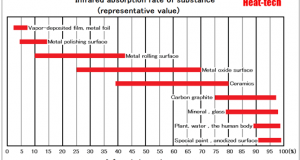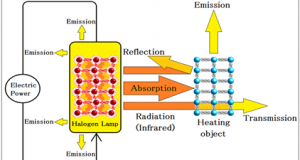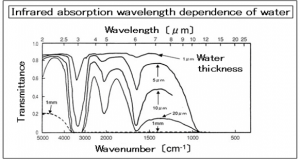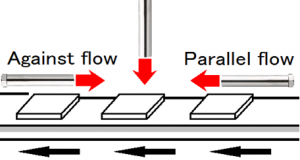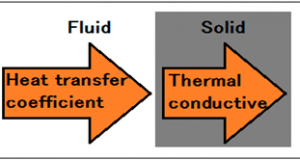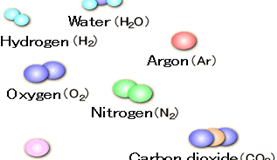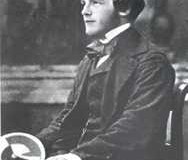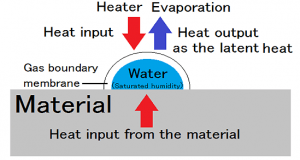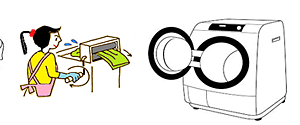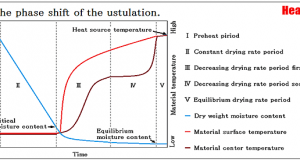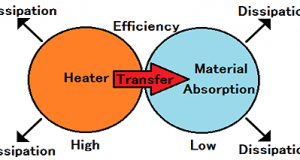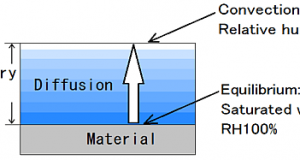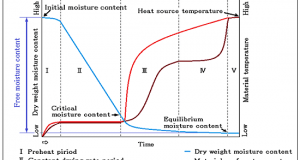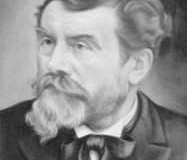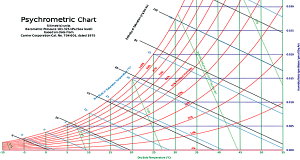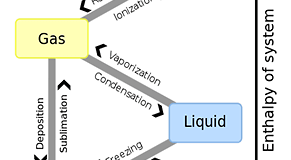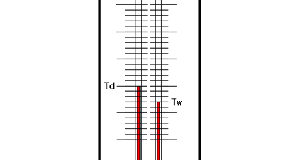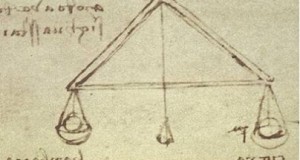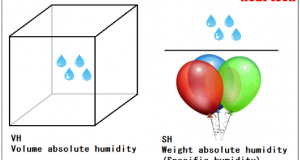Compare the hot air drying and the infrared ray drying Item Hot air drying Infrared ray drying Reduction of the gas boundary membrane ◎ × Removal force of the water vapor ◎ × The presence or absence of shadow ◎ ...
Read More »5-3.Efficient method of Infrared ray drying
5-3-1.Distance from the Heater The infrared rays are projected from the heater to reach the heating object is propagated through space. Because the space is not being vacuum exists air, infrared rays will be to heat the air. And, correspondingly, ...
Read More »5-2.Heat balance equation of Infrared ray drying
The electrical energy (electric power) supplied from the power supply serves as electromagnetic waves, and jumps out of a heating element. The electromagnetic waves exist wavelength of various kinds, but the most effective in heating is infrared rays. The low- ...
Read More »5-1.Infrared rays wavelengths and water
5-1-1.Water will absorb the infrared. The difference between the absorption rate by the wavelength of infrared Although there are, as shown in the figure below, the thickness of the water film it absorb 100% infrared at any wavelength and more ...
Read More »4-5.Drying speed and angle of the hot air
The case of hot air flows parallel to the material (co-current) In order to contact a high temperature hot air near a material entrance, a drying speed is large and decreases to urgency after that. Since material contacts a high ...
Read More »4-4.Drying speed and swept area of the hot air
Unit area (A) x Unit time (s) The amount of evaporation of moisture (em) is defined as Constant drying rate (Rc). This means not being dependent on material and being dependent on the temperature, humidity, and speed of a hot ...
Read More »4-3.Drying speed and temperature of the hot air
4-3-1.Features of the hot wind heat source Dryness with constant temperature and humidity of a hot wind is called the constant drying condition. If the temperature of a hot air is changed, the relative humidity and specific heat, density, viscosity, ...
Read More »4-2.Drying speed and wind speed of the hot air
Temperature and Humidity of the hot air is called the steady-state drying conditions drying constant. 4-2-1.If wind velocity of a hot wind is enlarged, a coefficient of heat transfer will also become large. Heat transfer coefficient of the dry conditions ...
Read More »4-1.The air and the nitrogen
Check the performance of the air and nitrogen as the medium to be used in the hot-air drying. 4-1-1.The role of air Air at room temperature, the atmospheric pressure will behave as a nearly ideal gas. Density of air ρ ...
Read More »3-9.The 6 Fundamental law and the 4 thermodynamic law about drying.
The 0th law of thermodynamics—Law of heat balances James Clerk Maxwell FRS FRSE (13 June 1831 – 5 November 1879) Scottish mathematical physicist. If the objects A and B, B and C are thermal balances, A and C are also ...
Read More »3-8.Three types of drying 3.Drying of the paint film and Membrane
To say that “drying”, there is a dry work of three types. They are dryness of surface water of adhesion, dryness of a coat, and internal dryness of material. Since internal dryness has been explained until now, describes the drying ...
Read More »3-7.Three types of drying 2.Drying of the surface attached water
Even if it tells “dryness” to a mouthful, there are three kinds of dry work. They are dryness of surface water of adhesion, dryness of the coating film, and internal dryness of material. Since the preceding sections has explained the ...
Read More »3-6.Importance of dehydration
Energy for evaporating the water 1kg of 20 ℃ is 2454kJ. 1kW/h is 3600kJ so…. 2454kJ is the working time and energy consumption of the same amount running 40 minutes of 1kW motor. Or, the halogen heater 5kw 85% efficiency ...
Read More »3-5.Balance of the process
When dry quickly at high speed wet material, deviation of the moisture content and temperature of the material inside will increase. As a result, the critical moisture content is increased, it may cause cracks. When it comes to the state ...
Read More »3-4.Five patterns of the drying curve
As for the Drying characteristic curve of the Decreasing drying rate period, five patterns appear with the characteristic of material. The type of material The composition of material The shape of material The possession state of water A-Type A-type is ...
Read More »3-3.Heat balance equation of the drying
The heat balance is the sum of 4 types heat、which is entering heat, exiting heat, generation of heat, and endothermic. By the law of conservation of energy, the quantity of these (Quantity of heat change of the system) = (Quantity ...
Read More »3-2.Evaporation of water
In order to move water vapor becomes water evaporates, the water vapor pressure difference is required between the air and the convection layer and the surface of the material. Water vapor of the material surface so that the saturated pressure ...
Read More »3-1.Heat transfer and Mass transfer
In the classification of thermodynamics, a dry process is a “The open system.” Dryness is “evaporating and separating a liquid from a solid.” Heat and pressure are operated, water is evaporated and it moves. The height of heat is the ...
Read More »2-11.Dew point and Dew point meter
1.Dew point The dew point is the temperature from which condensation begins, when the air containing vapor is cooled. It is also referred to as the dew point temperature. Unit is used to evaluate the K or Kelvin degrees Celsius ...
Read More »2-10.The Psychrometric charts
Psychrometric charts A psychrometric chart for sea-level elevation Terminology A psychrometric chart is a graph of the thermodynamic parameters of moist air at a constant pressure, often equated to an elevation relative to sea level. The ASHRAE-style psychrometric chart, shown ...
Read More »2-9.Latent heat, Sensible heat, and Evaporation heat ( or Vaporization heat )
The heat which appears in the temperature of a substance and can be observed is sensible heat. The heat unobservable although the state of a substance is changed is latent heat. Sensible heat + Latent heat = Total heat The ...
Read More »2-8.The principle of the Psychrometer
If alcoholic disinfection is carried out before injecting, when alcohol evaporates, he will have a cold feeling to because heat is taken. In order for a liquid to turn into gas, energy is required and this energy is called evaporation ...
Read More »2-7.Psychrometer and Hygrometer
2-7-1.Spirits of Dry and Wet Líu Ān (Chinese: 劉安, c.179 – 122 BC) was a Chinese king and advisor to his nephew, Emperor Wu of Han (武帝). The old days of more than 2000 years from now, Concept of humidity ...
Read More »2-6.Relationship of absolute humidity and the relative humidity
We have explained the relative humidity and absolute humidity to 2-5 from 2-1. Let’s check again here. Quantity the water of which exists in the air with absolute humidity Even if it heats air, since the weight of the water ...
Read More »2-5.Absolute humidity
Absolute humidity Generally, if it is only called “Humidity”, “Relative Humidity =RH” will be pointed out, but it is convenient to use the absolute humidity from which a value does not change in a design or control of a drier ...
Read More » HEAT-TECH Best Technology Online Shop
HEAT-TECH Best Technology Online Shop 
